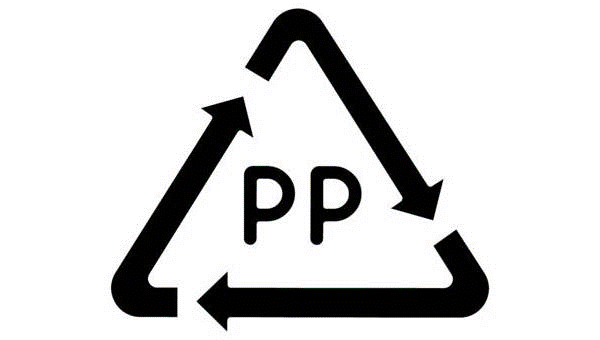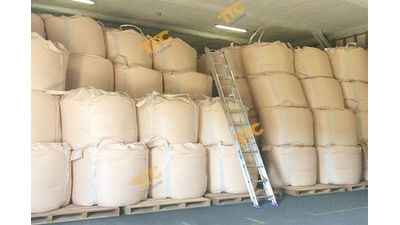1. What is PP (polypropylene) plastic material?
PP plastic, short for Polypropylene, is also known as a thermoplastic polymer, meaning it can be easily recycled and reused many times. Manufactured from propylene monomer, PP plastic is usually transparent white or light pink in color, odorless, tasteless, and non-toxic.

PP (polypropylene) plastic material is transparent white or light pink.
2. What are the characteristics of PP (polypropylene) plastic?
PP plastic possesses the following properties:
- Has a good gloss.
- Water-resistant and gas-reducing.
- Not easily oxidized or affected by other gases including steam or grease.
- High durability and heat resistance, temperature resistance up to 130 - 170 degrees.
- Does not adversely affect human health.
3. Common applications of PP (polypropylene) plastic in life
PP plastic is used in many fields, including:
- Packaging and packaging products with one or more layers to prevent water vapor and air permeability, create high gloss, and provide high printability.
- They are forming fibers, and processing large-weight cereal and food packaging.
- Household items such as food containers, water bottles, milk bottles,...
- Medical products and equipment such as bottles and syringes.
- The automotive and electronics industries also use this material.

PP plastic material symbol on product packaging.
To identify products made from PP plastic, you can look at the product packaging. The symbol of this material is an isosceles triangle with the number 5 inside which is often printed on the bottom of the product. This is also the basis for identification for you to choose good and safe plastic products to use in daily life.
4. Advantages and disadvantages of PP plastic (polypropylene)
4.1 Advantages of PP plastic (polypropylene)
Some advantages of PP plastic material can be mentioned as follows:
- High recyclability, can be reused many times so it is very suitable for use in many different production fields.
- Good durability and impact resistance should be used to produce packaging, containers, and goods.
- Reasonable price, suitable for production costs of many units.
- Safe for health and the environment, non-toxic and recyclable.
- PP plastic material has high recyclability and can be reused many times, so it is very suitable for use in many different production fields.

PP plastic material has high recyclability and can be reused many times, so it is very suitable for use in many different production fields.
4.2 Disadvantages of PP (polypropylene) plastic
Besides, PP plastic material also has the following disadvantages:
- The hardness is not as high as some other types of plastic, so some specific goods cannot use PP plastic.
- Heat resistance at a certain threshold is often not as good as some other materials.
- Easily affected by oxidants, deterioration, or shape changes.
5. Is PP (polypropylene) plastic safe?
PP plastic material is considered safe for human health, widely used in both medical and household fields. This plastic material is said to not contain toxic substances such as bisphenol A (BPA) and phthalates, which are harmful to the body.
With a melting temperature of up to 170 degrees Celsius, PP plastic is also used in producing plastic household items and can be used in the microwave (2-3 minutes).
In addition, as mentioned above, PP plastic material can also be safely recycled, without affecting the environment. Therefore, you can completely trust and feel secure when using PP plastic and products made from this material in daily life.
As we all know, PP plastic material is quite popular and has diverse applications in life. With the information about the definition, characteristics, applications, advantages, and disadvantages of PP plastic that we have mentioned above, we hope you have a better understanding of this material and use it effectively. and more secure.












